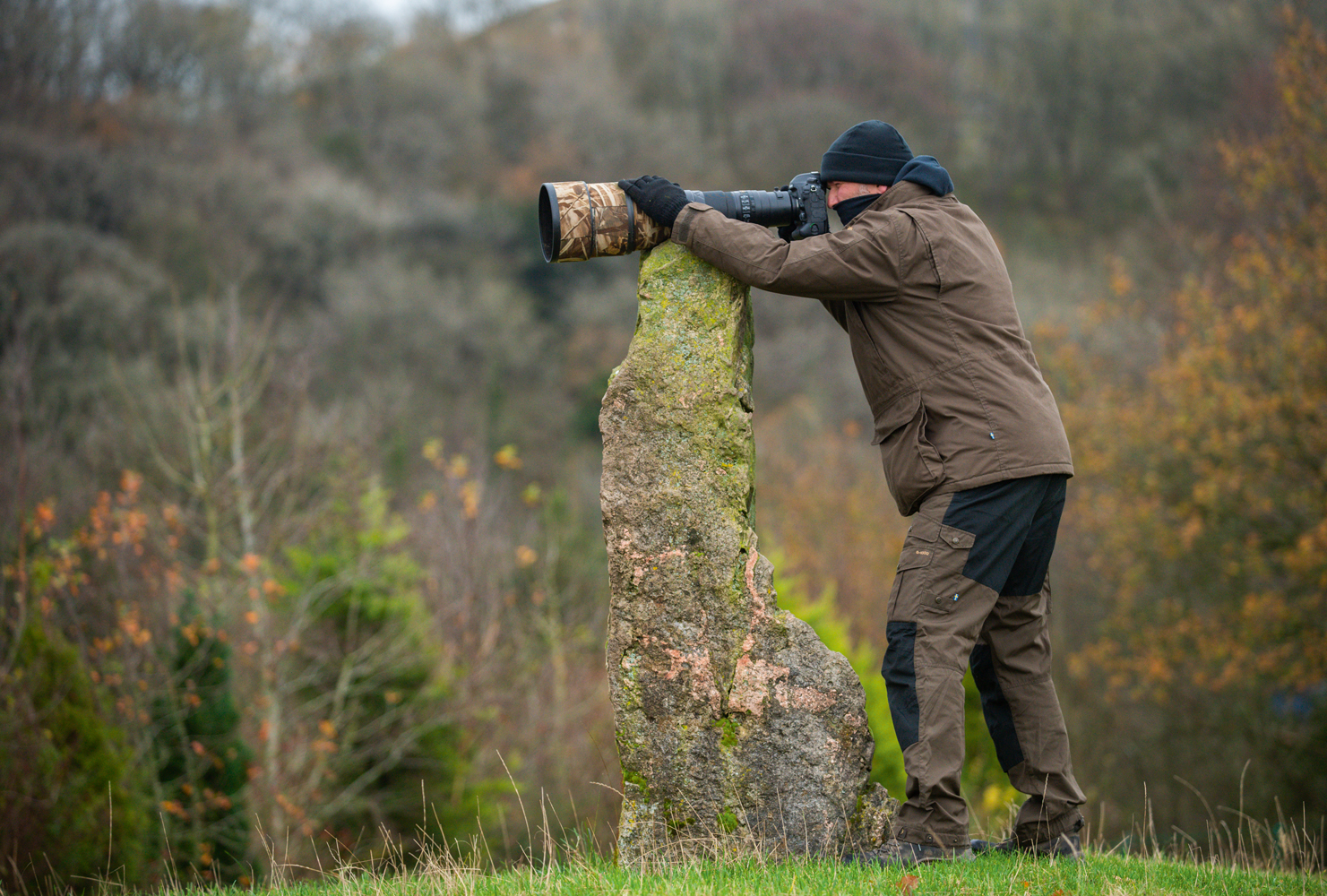How to capture stunning winter wildlife – Part 1: gear essentials
Andy Parkinson shares his tips, techniques and practical advice from years of photographing nature in the great outdoors


Andy Parkinson is an award-winning wildlife photographer, regular National Geographic contributor and a recent Nikon ambassador. Working with wild animals only, he often speaks about conservation, animal rights and photo ethics.
Winter can be a simply sensational time for wildlife photography, wherever you happen to live. With both birds and mammals sporting their finest winter coats, it is at this time of year, in preparedness for the potential hardships that follow, that creatures look their pristine best.
In this series I’ll look into the many benefits that the weather and light at this time of year can create, the importance of getting to know and enjoying your local species, however familiar they are, and the value of ensuring that you are always well prepared to work safely when the weather is less predictable.
Next, I’ll explore the many different ways to capture seasonal images, from photographing animals as part of their landscape to extremely detailed close-ups, and from explosive or touching animal behaviour to exploring the abstract beauty that a sea of white can elicit.
Join me and explore the magnificence that is the winter landscape, the magic of wildlife photography at this time of year, and all of the potential that lies with the species within.
Getting started: Andy's essential items
In winter, not only must you think about protecting yourself from the harsher conditions, but you must also think about protecting your often-expensive camera equipment.
A decent lens cover is a useful addition, but try to ensure that it isn’t made out of noisy material, and that it isn’t loose-fitting – otherwise it could flap about in strong winds.
In terms of clothing, I favour premium brands like Fjällräven as they have Arctic pedigree and are one of the most sustainable and ethical outdoor clothing brands. I opt for a layered approach, adding layers of clothing as the temperature drops.
The best camera deals, reviews, product advice, and unmissable photography news, direct to your inbox!
As well as the best waterproof clothing that you can afford, my top tip is to wear glove liners and fingerless gloves. These are incredibly inexpensive, so multiple combinations can be bought for about £10. This way your hands stay warm but can still operate camera/lens with the same speed and fluidity.
QUICK TIP!
1. Warm accessories
You’ll need a decent hat, gloves, and a neck warmer to cover all areas of skin that are exposed.
2. Lens cover
A lens cover can protect equipment from snow and ice, while also providing a level of camouflage.
3. Hand warmers
These can keep your hands functioning for longer in extremely cold temperatures.
4. Nourishing snacks
You’ll need energy-rich foods with you to replenish lost energy from the numbing cold – think nuts, cereal bars, etc.
5. Waterproofs
If you think wildlife photography is going to become a regular hobby, get the best waterproof clothing that you can afford – including boots.
6. Flask for a hot drink
A flask of hot drink will protect your core temperature – and also keep up morale.
What’s in Andy’s kitbag?

- Nikon D6
- Nikon D4S
- Nikon AF-S NIKKOR 200-400mm F/4G ED VR II
- Nikon AF-S NIKKOR 600mm F/4E FL ED VR
- Nikon AF-S Teleconverter TC-14E III
Read more:
Take your outdoor photography to the next level with The Photography Show
The best camera for wildlife photography in 2021
The best trail cameras in 2021

Lauren is a writer, reviewer, and photographer with ten years of experience in the camera industry. She's the former Managing Editor of Digital Camera World, and previously served as Editor of Digital Photographer magazine, Technique editor for PhotoPlus: The Canon Magazine, and Deputy Editor of our sister publication, Digital Camera Magazine. An experienced journalist and freelance photographer, Lauren also has bylines at Tech Radar, Space.com, Canon Europe, PCGamesN, T3, Stuff, and British Airways' in-flight magazine. When she's not testing gear for DCW, she's probably in the kitchen testing yet another new curry recipe or walking in the Cotswolds with her Flat-coated Retriever.

